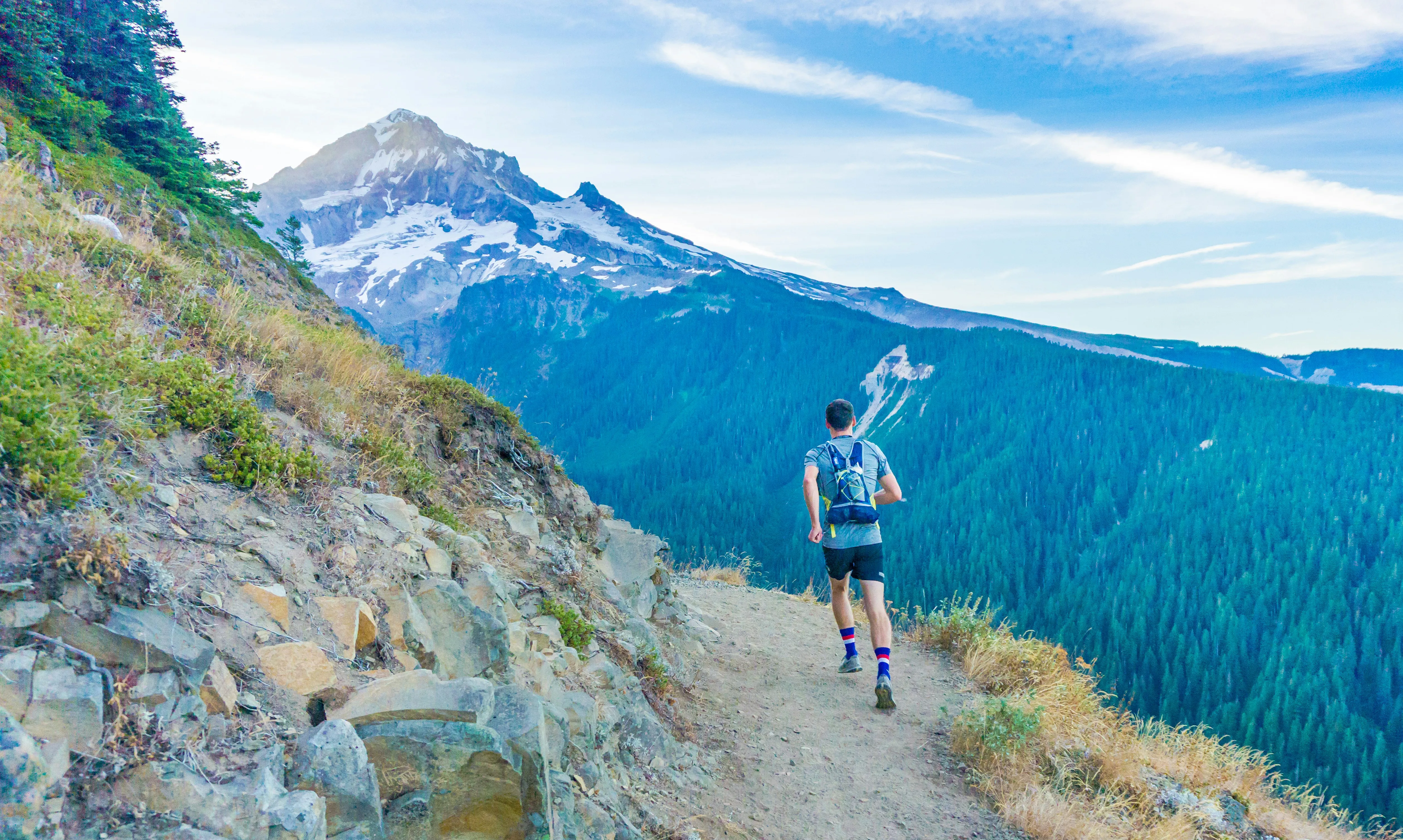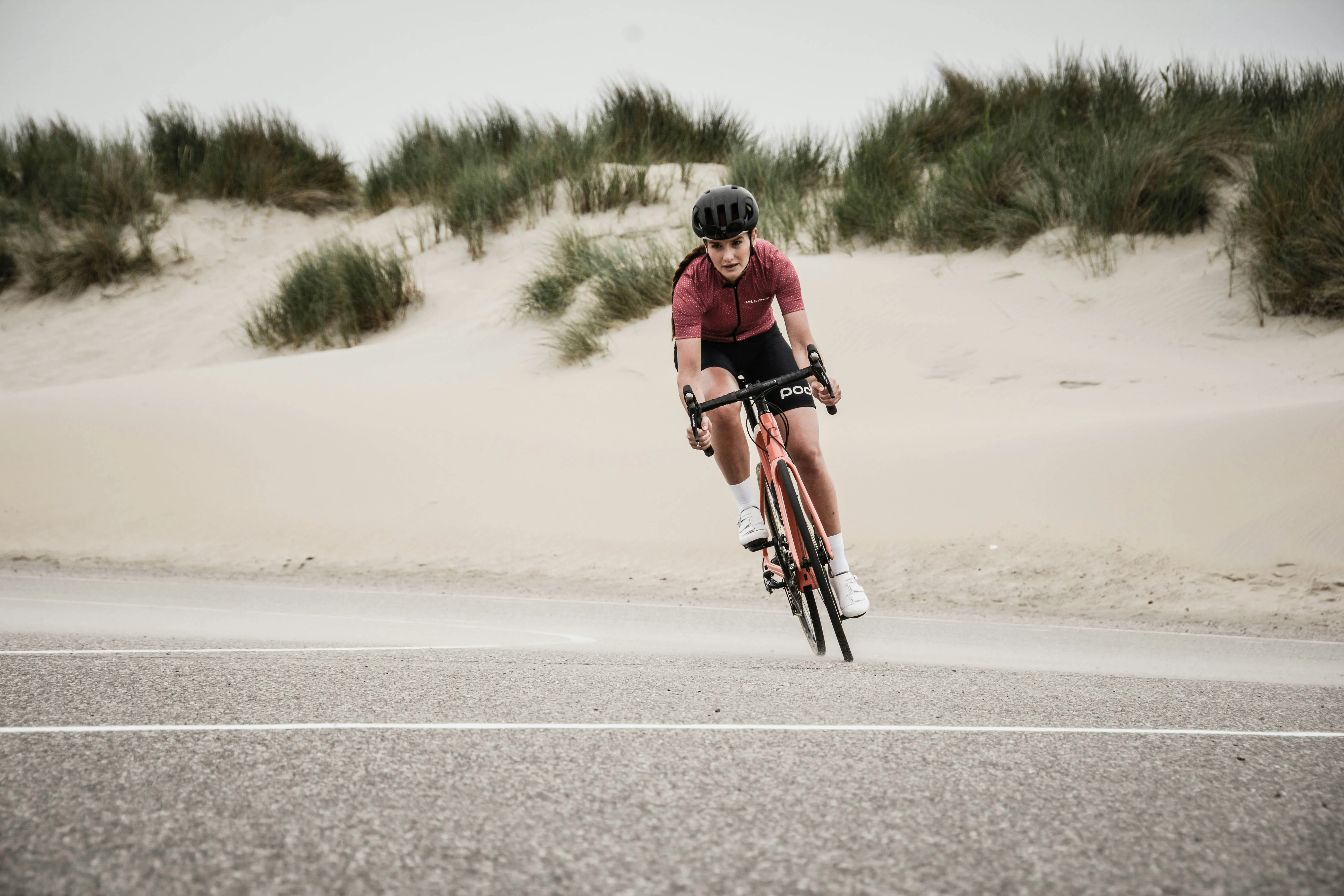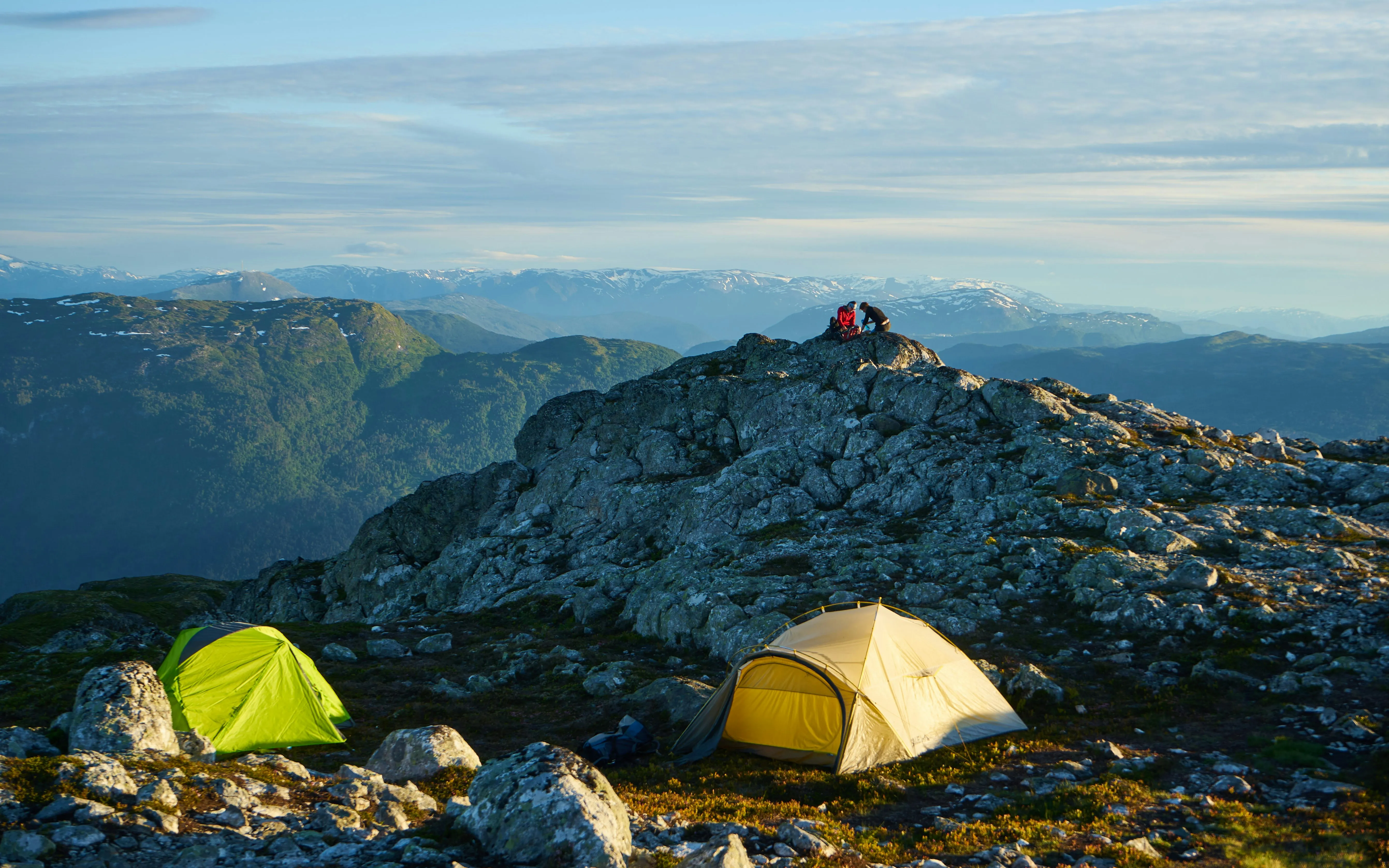Before you start...
No two athletes react to altitude training in exactly the same way. Genes play a big role - but genetics are only part of the story. You can do a lot to prepare your body to get the most our of your altitude training. Here are the most important prerequisites before starting your altitude journey:
.KilimaPerformanceLogoWhite-0317d53f56b59c2f0c0d6352aba0b6fd1c53b824baa75d95b276e5f399d2c39f.png)
.Headers12-e6e75d3580138408b3c31800a863698632cf76dce39c4de423762efddfa6d7f0.jpg)




.newchampionfulllengthofyoungafricanmanin20250324165114utc-1ee5f22185738c1af33d39999f5736ff755a61b481bb56c1a9d6b1476f832538.jpg)